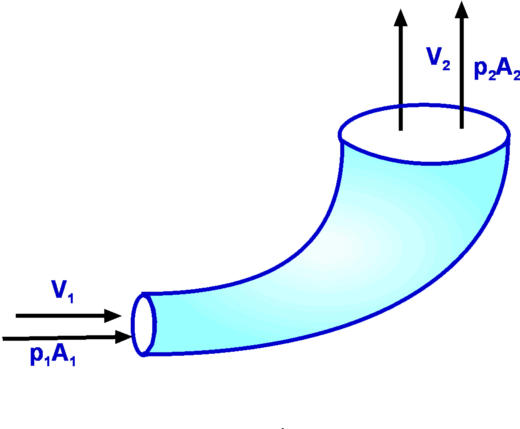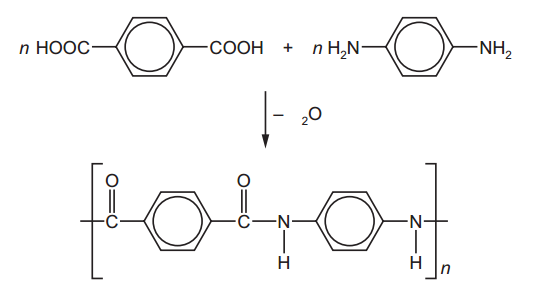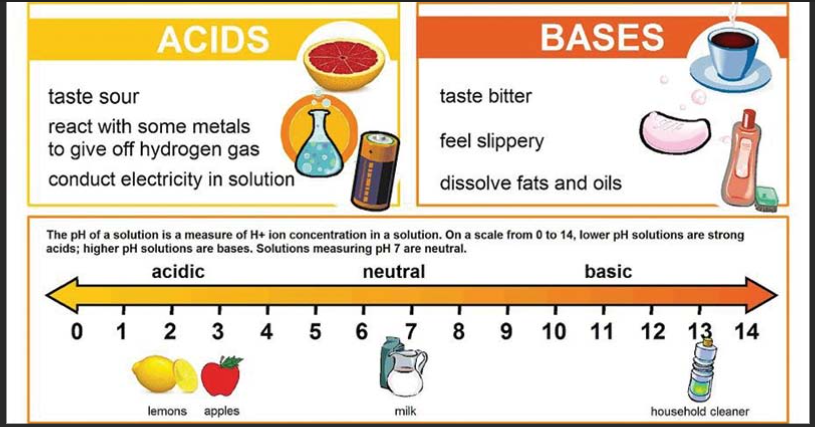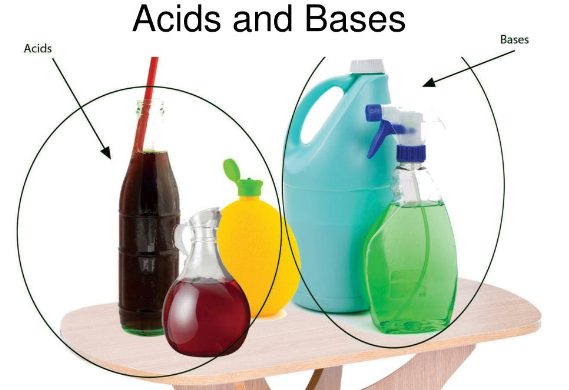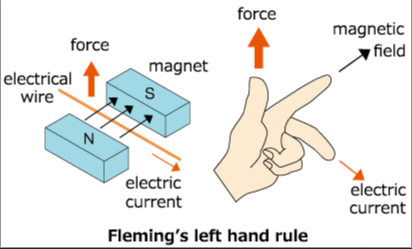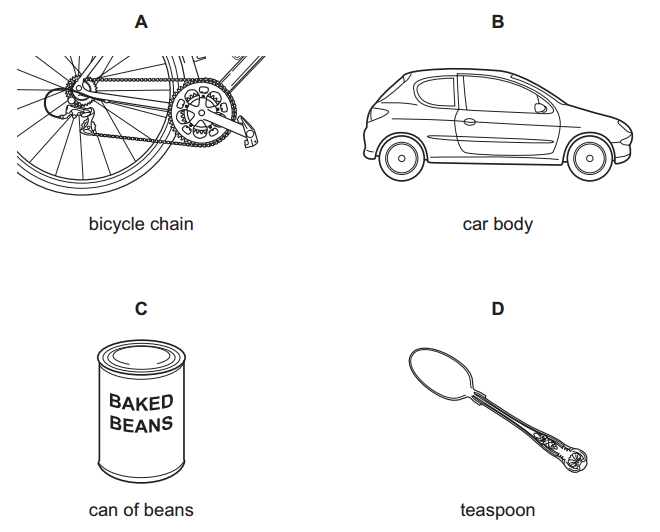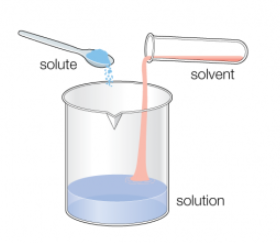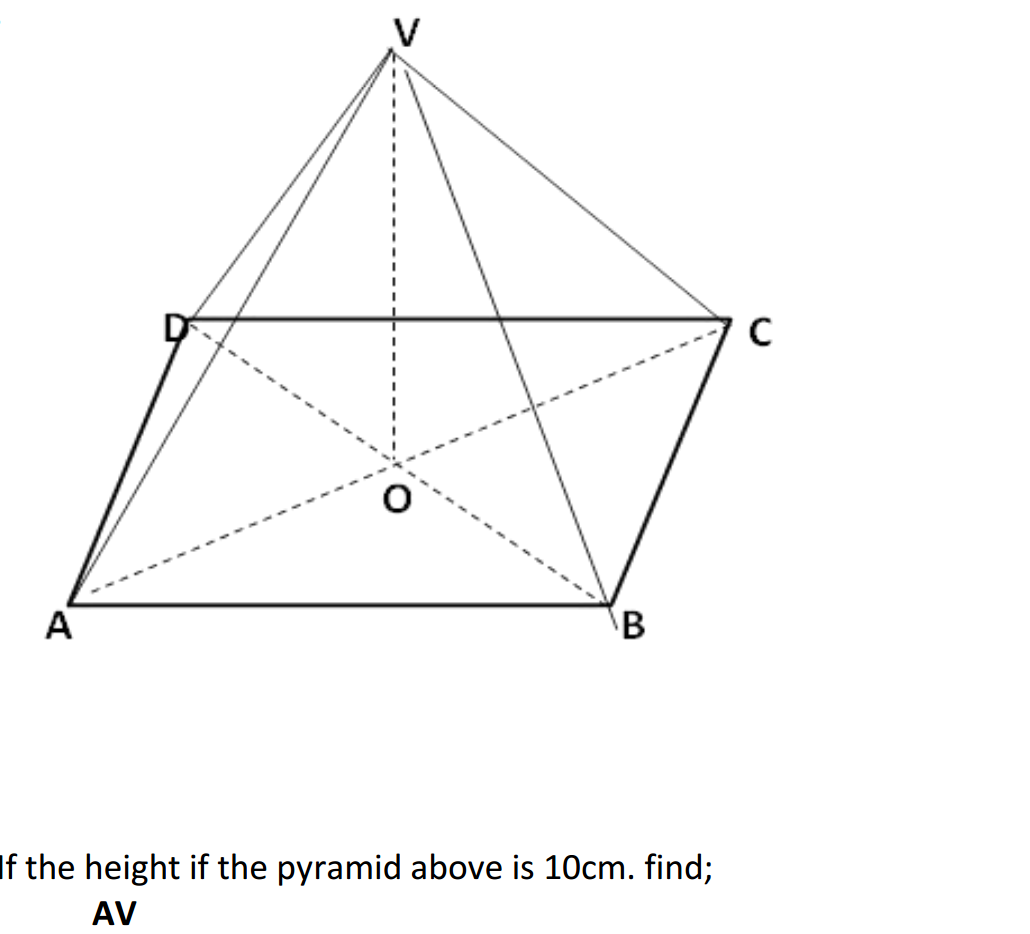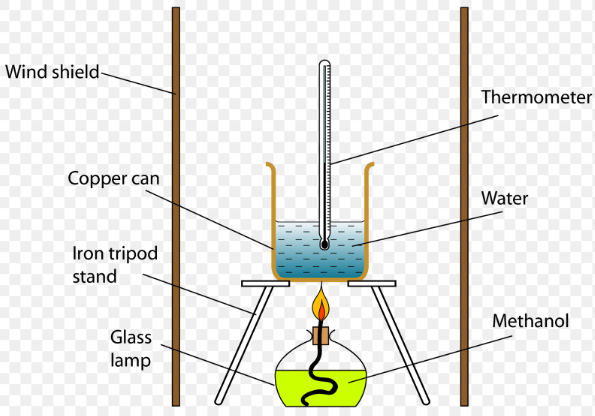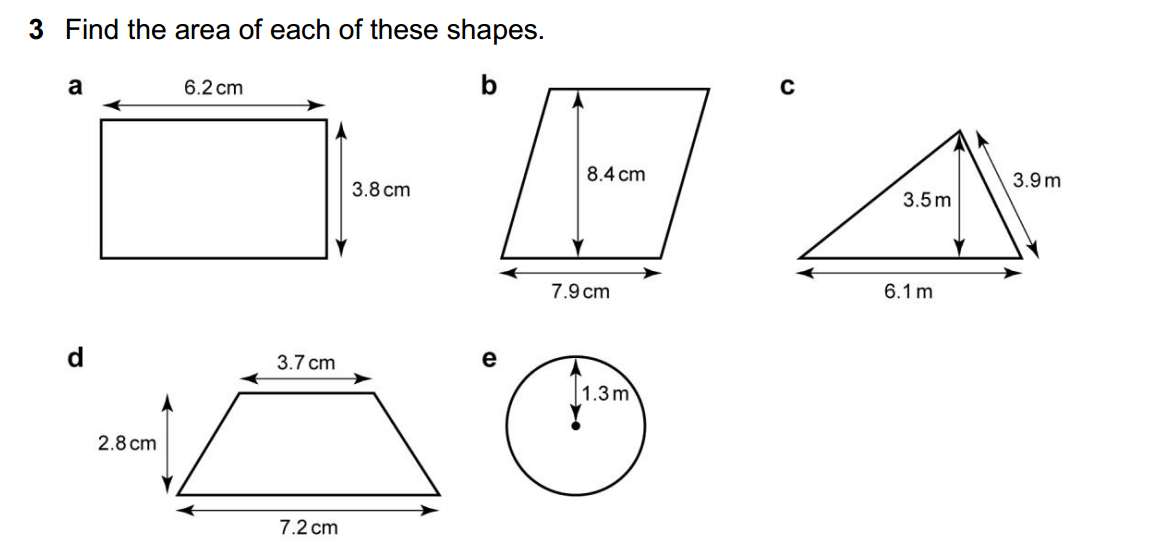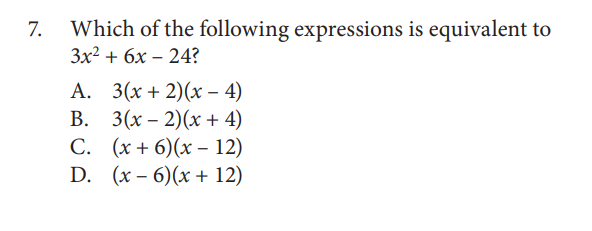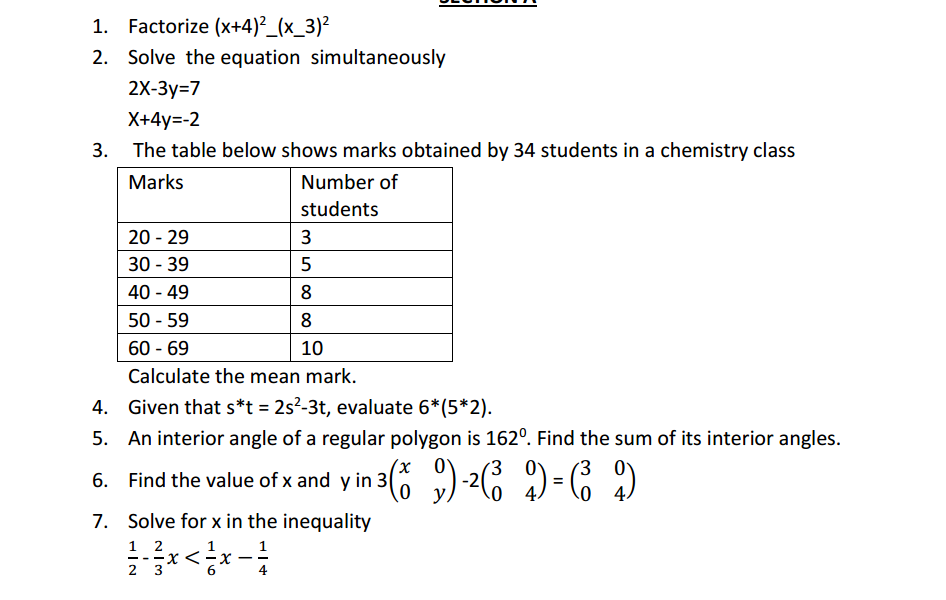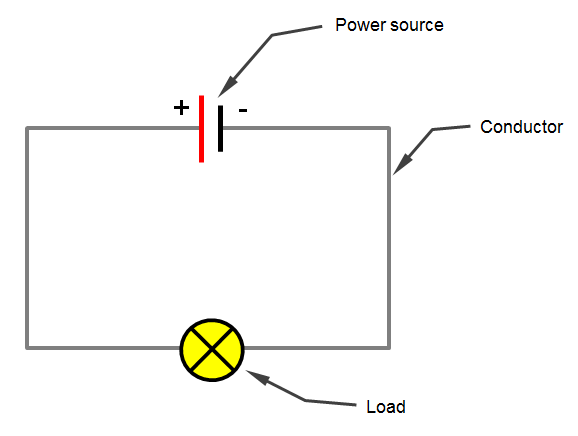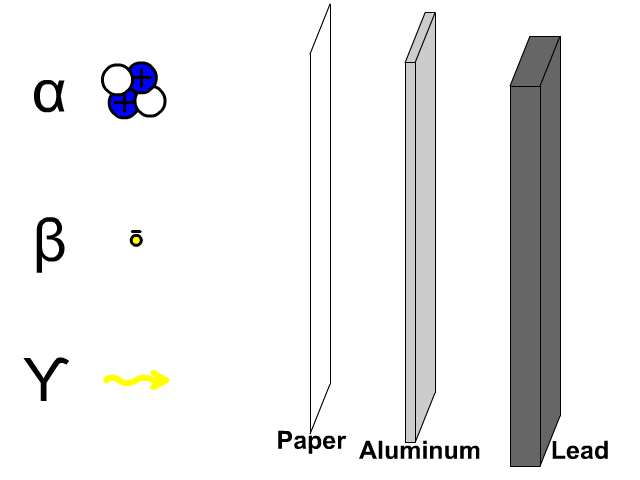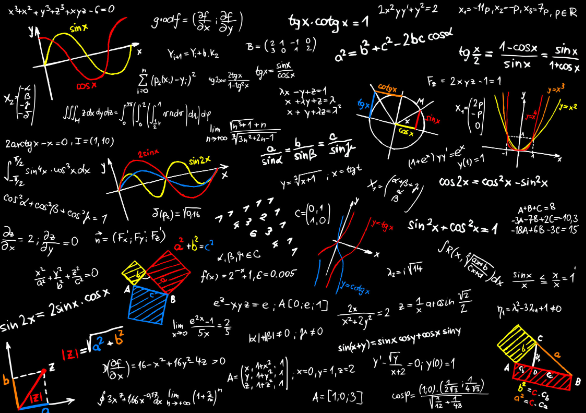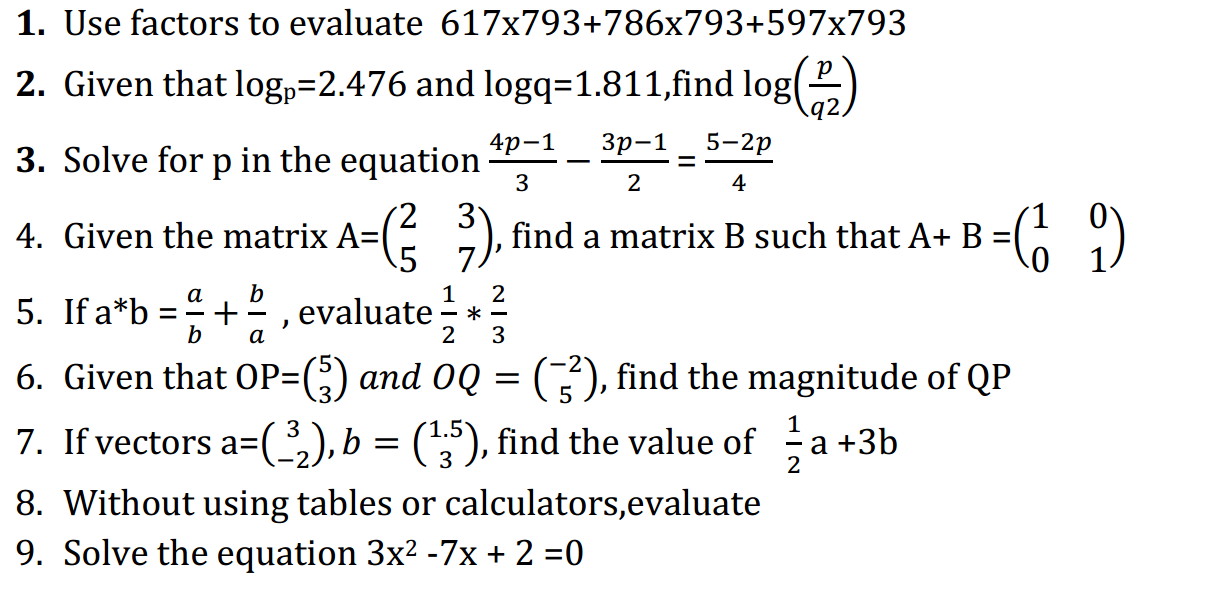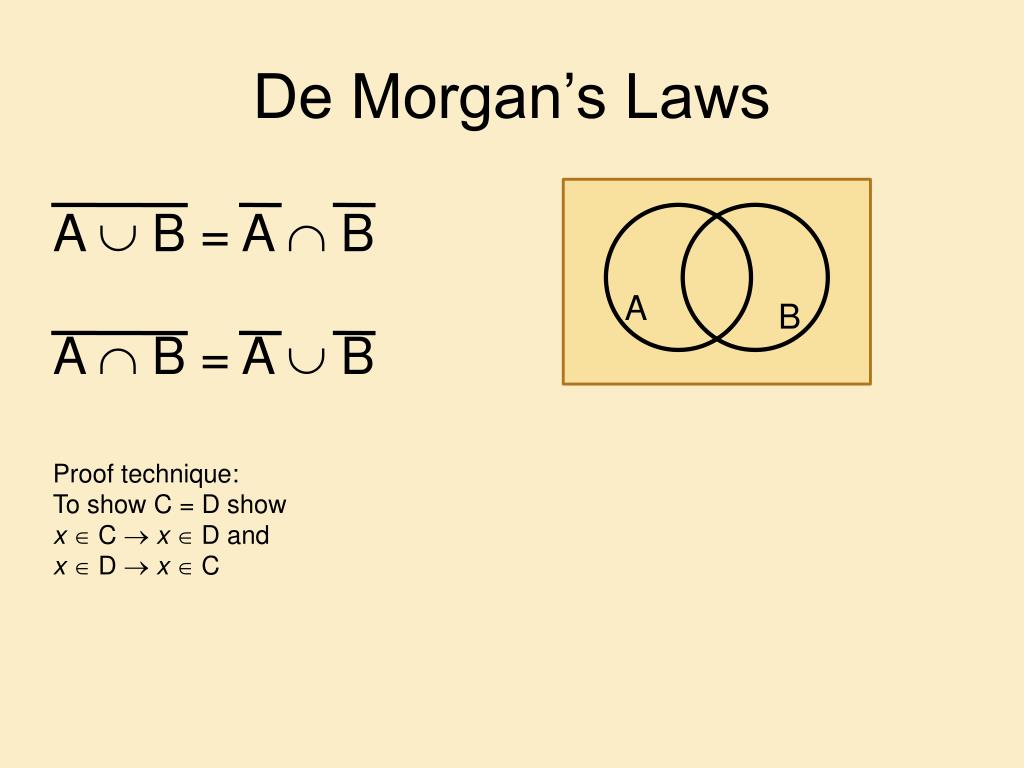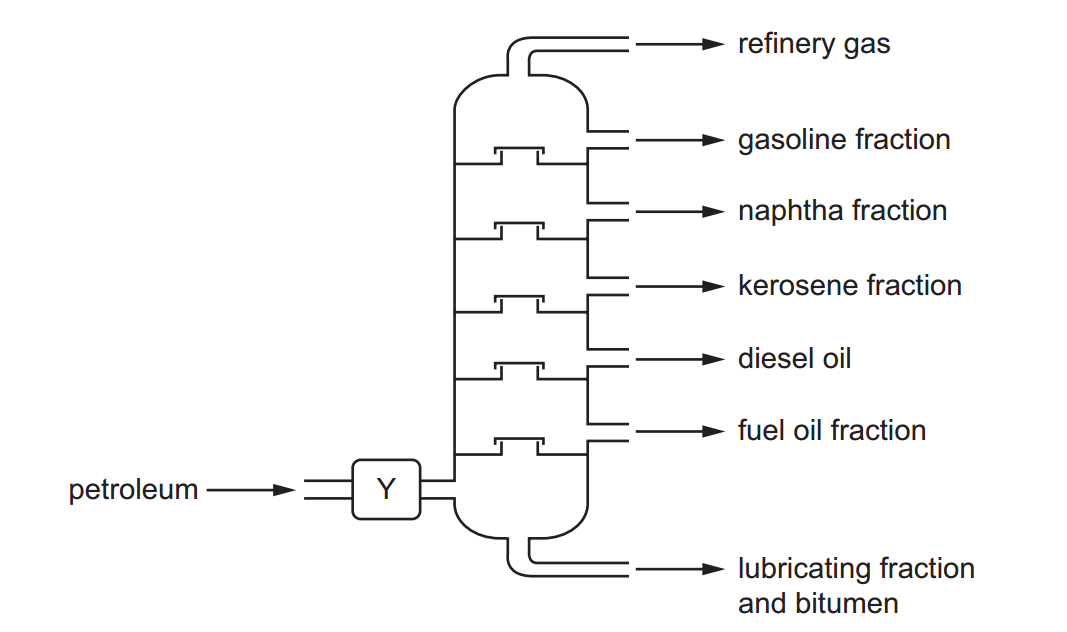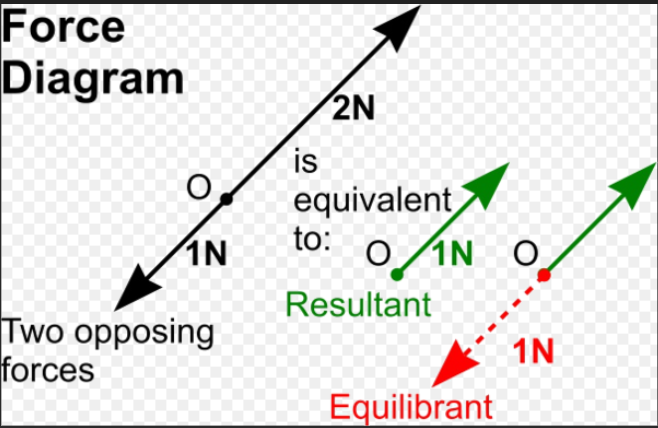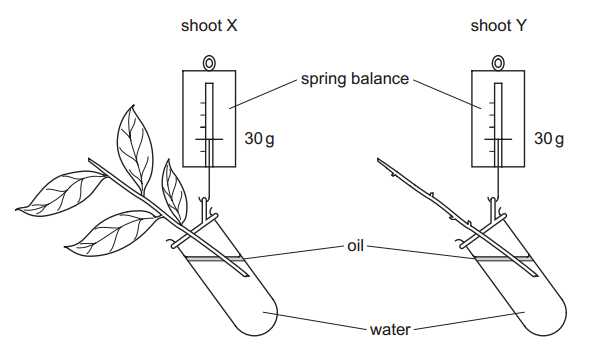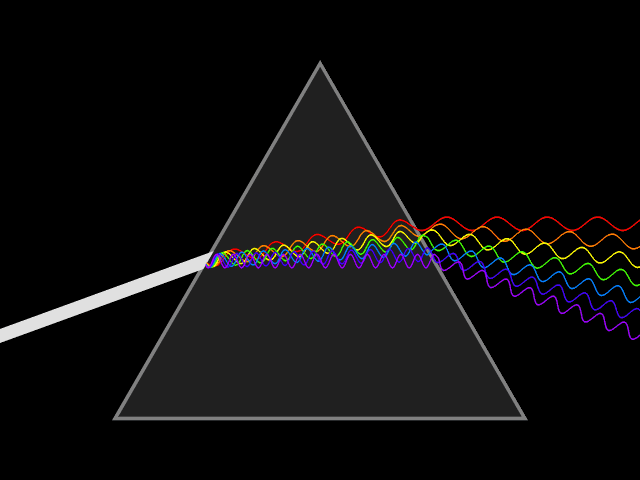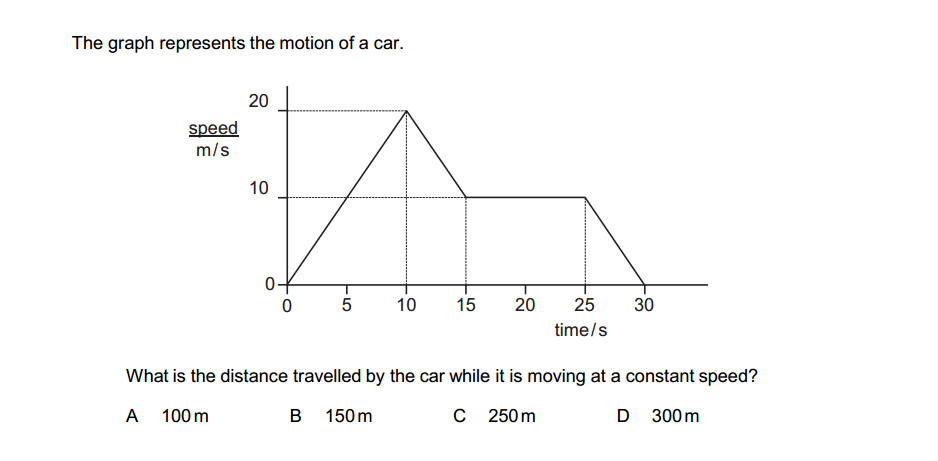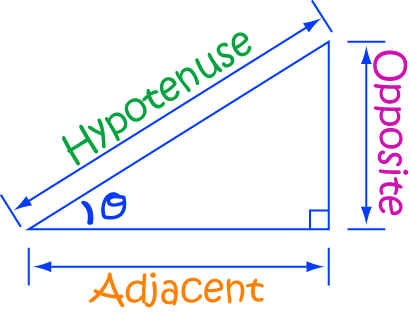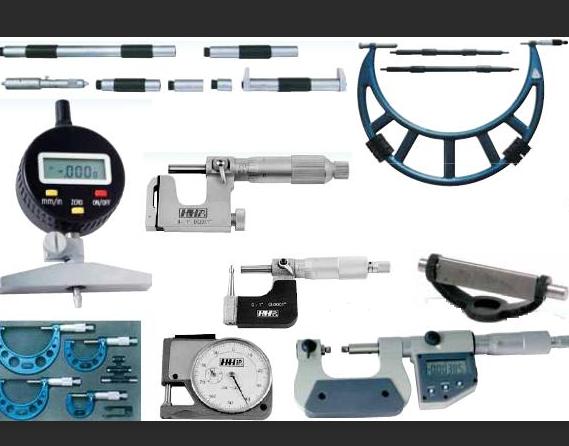The Law of Flotation, also known as Archimedes’ principle, is a fundamental principle in physics and fluid mechanics. It explains how and why objects float or sink in a fluid, such as a liquid or gas. This principle was first discovered and described by the ancient Greek mathematician and scientist Archimedes. Here are the details of the Law of Flotation:
Statement of the Law of Flotation:
The Law of Flotation, or Archimedes’ principle, states that when an object is submerged in a fluid (liquid or gas), it experiences an upward buoyant force equal to the weight of the fluid it displaces. In other words, the buoyant force on an object is directly proportional to the volume of fluid it displaces.
Key Concepts:
- Buoyant Force: The buoyant force is the force exerted by a fluid on an object that is partially or wholly submerged in the fluid. It acts in an upward direction and is responsible for the sensation of weightlessness experienced by objects in water or other fluids.
- Density: The density of an object is the mass per unit volume. For an object to float in a fluid, its average density must be less than the density of the fluid it is placed in. If the object’s density is greater than that of the fluid, it will sink.
Explanation:
The Law of Flotation can be explained in the following manner:
- When an object is submerged in a fluid, it displaces an amount of fluid equal to its own volume. This displacement of fluid creates a void or a region where the fluid used to be, leading to a decrease in pressure in that area.
- According to Bernoulli’s principle, a decrease in pressure within a fluid is accompanied by an increase in fluid velocity. In this case, the fluid rushes into the void left by the submerged object.
- As the fluid moves into this region, it exerts an upward force on the object, which we refer to as the buoyant force. The buoyant force is equal to the weight of the displaced fluid, and it acts in the opposite direction of gravity.
- If the object’s weight is less than the buoyant force, it will experience a net upward force and will float. If the object’s weight is greater than the buoyant force, it will experience a net downward force and will sink.
Applications of the Law of Flotation:
The Law of Flotation has numerous practical applications, including:
- Ship and Boat Design: The principle is essential for designing ships and boats to ensure they have the necessary buoyancy to stay afloat.
- Life Jackets and Buoyancy Aids: The design and effectiveness of life jackets and buoyancy aids are based on this principle.
- Submarines and Submersibles: The design of submarines and submersibles takes into account buoyancy and ballast to control their depth in water.
- Hot Air Balloons: The principle is used in understanding how hot air balloons achieve buoyancy and lift.
- Density Measurement: The principle is used in hydrometers and other devices for measuring the density of liquids.
- Oil Drilling: Understanding buoyancy is crucial for controlling the position of drilling platforms and rigs in offshore oil drilling.
- Watercraft Stability: It is essential for maintaining the stability of various watercraft, including ships, canoes, and kayaks.
- Flotation Devices: It is used in designing various flotation devices, such as lifebuoys and floating docks.
Overall, the Law of Flotation is a fundamental concept that helps us understand the behavior of objects in fluids and plays a critical role in various engineering and scientific applications.










